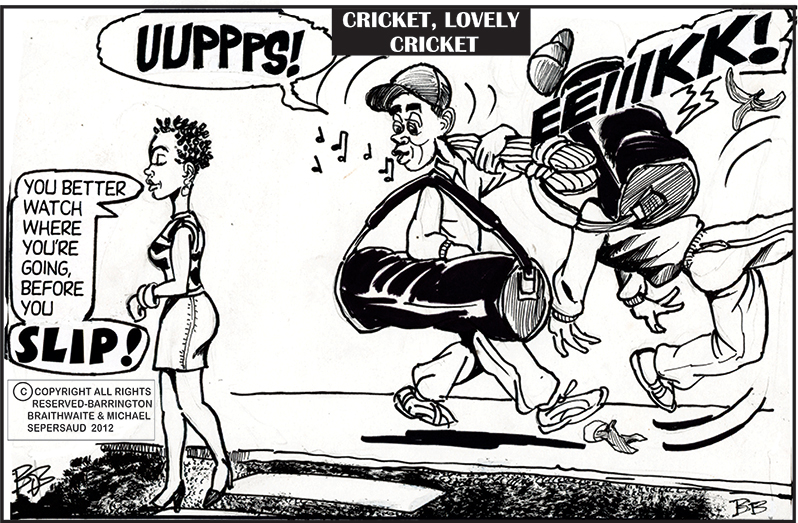My godparents who raised me always allowed me to read the Sunday pull-out of Flash Gordon, Mandrake etc. that was designed for the young, which the seniors enjoyed too.
At the time, I was quite unaware of the psychological messages rendered, with me as a non-Euro colony child, adoring heroes who were people from another world and super beings in many respects. But I did cultivate a habit of reading that would, in time, liberate me to look at other heroes, though none of them could be found in my usual Sunday comic strip pages.
Most lil-boy artists in my youth participated in getting rewards from other students for artwork done during Art classes that was then on the weekly timetable. I think that was usually Wednesday afternoons. Reading was in the morning. As I grew up, I learnt many things about using comic and heroic illustrations from as far back as Ancient Khemet to the Middle Ages in Europe. But most of all, and important to this genre of expression is the fact that most so-called comic books are not comical. This mode of literature can influence both positively and negatively, based on how the subject is handled and how the characters are presented; thus, it requires the individual mental freedom to judge, evaluate and tell the story, which must be first your story from conception, considering the balance of good and adverse, and the facts, even if reinterpreted must reflect the human story, when creating the opposites.

Today, the Comic book industry-2024 (either with heroes or caricatures) has, without warning, leapt boundaries into reality, reflecting characters with mental characteristics that one could have gone through school and still not have heard of in detail. Another wake-up call: Today the geography, the people and the landscape have to be right, or at least convincing. If you’re, for instance, travelling in your story from Georgetown into the interior, get the landscape passable because just as there are applauding readers, there are driven, angry and would-be critics who are troubled also.
The young folks have a name for them: HATERS! But don’t hold on to that. They may be looking at that angle you ignored. Can you figure out how much noise a heckler who is right can cause? They’re supposed to come and go, but if they’re grounded, they stay and make you their career piece. Luckily, and also sadly, there is not much of that capability around. Nevertheless, you must be in touch with society with all aspects of the relative world, and the space of your characters, and not only what you read in that one book or article of the now, there’s always another story that happened before that resulted in what is happening now.
Most people accept what they’re told from an explanation they haven’t explored. Thus, when they relate it, it’s hanging upside down, which can assassinate your creative credibility if applied to your storyline.
Graphic magazines have touched on every subject you can think of, some drawn as cartoons, some as full-life graphics. In closing, I want to quote a cartoonist who did books on the Holocaust. His comic books are called ‘MAUS’ 1&2. He was asked, “Is Maus a graphic Novel?” He responded no, “I hate that- it smacks of wrongheaded gentility. Graphics are respectable. Novels are respectable. No, Graphic Novels? Zap! Double respectability. No, they’re comics for me. So you aren’t confused by the fact that comics have to be funny, as in comical. You think that it’s a ‘co-mix of words and pictures.’ For me, I do ‘Illustrated Graphic magazines.’ For my colleagues who’re interested in exploring some sources of this vintage magazine, try to put your hand on what I term a special edition of ‘Time Magazine-November 1, 1993’ that was given to me by a past friend and buddy, Richard Humphry.




.jpg)









